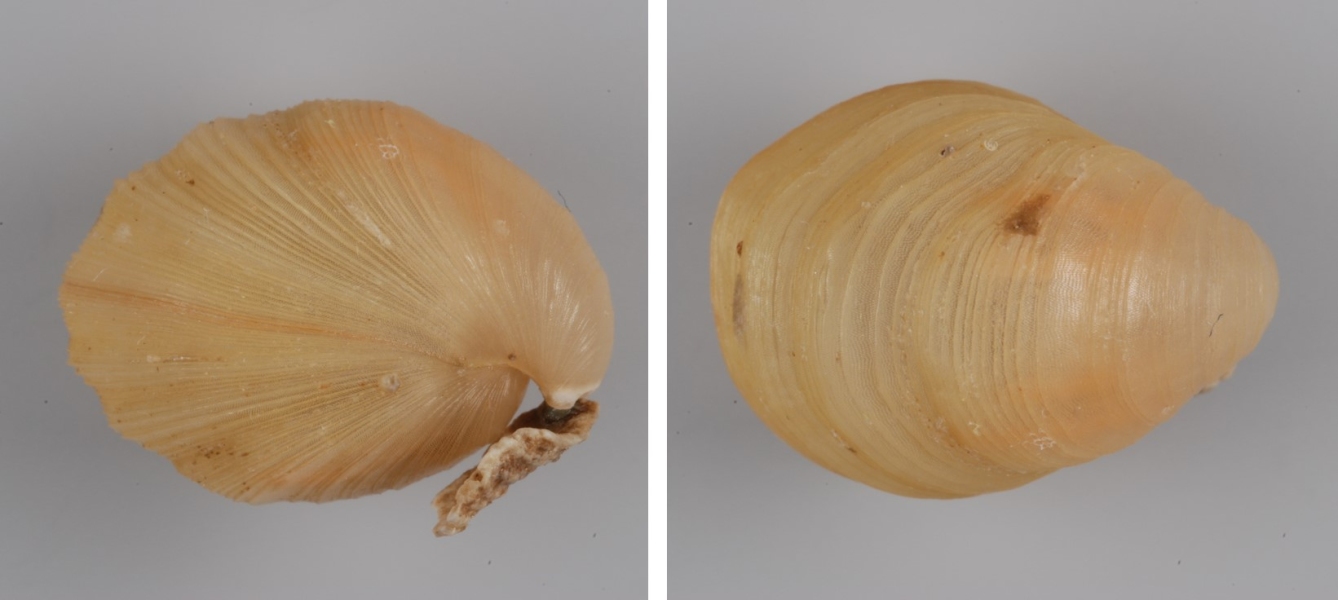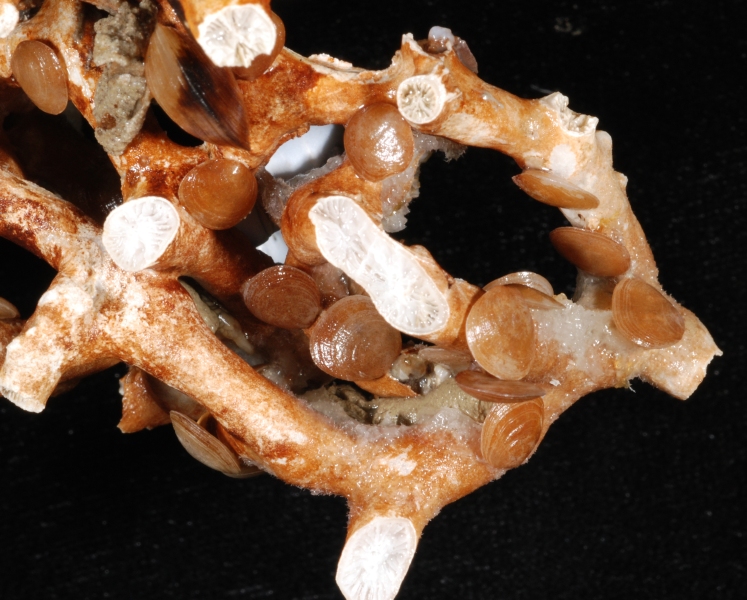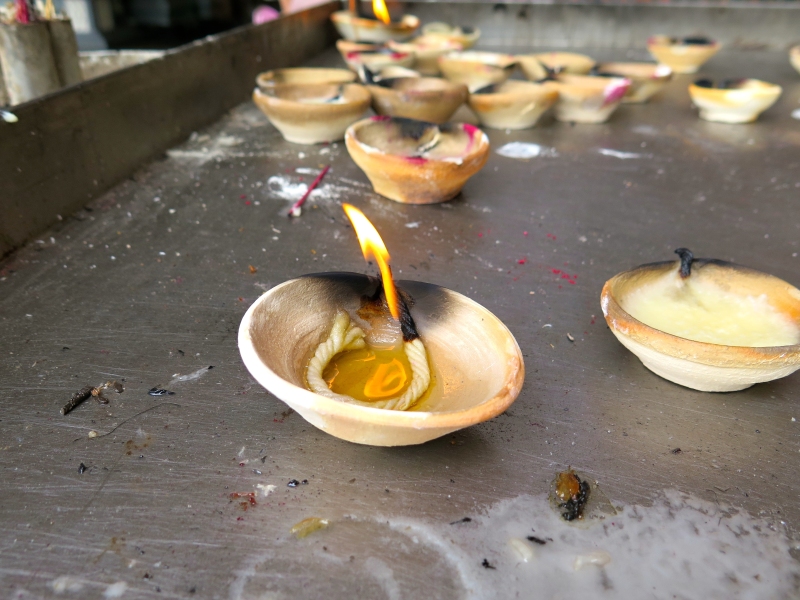Brachiopods might look like a mollusc, but they are actually more closely related to bryozoans (lace corals) and are in their very own phylum of animals.
They are commonly known as lamp shells, because the uppermost valve resembles an ancient Roman oil lamp. Some brachiopods also have a short stalk called a pedicle that resembles the wick of an oil lamp. They are also sometimes referred to as toe-nail shells but we prefer the association with beautiful ancient lamps.
Brachiopods are a very ancient animal group and according to Te Ara in New Zealand we have far more extinct fossil species (525) than living species (35). Worldwide there are about 300 living species of brachiopod.
Find some more information on brachiopods and some local information about Wellington south coast species on the website of the Friends of Taputeranga Marine Reserve.
Brachiopods have two shells of unequal size and attach to hard surfaces on the seafloor such as boulders, rock walls and sometimes to the matrix of stony corals such as Solenosmilia variabilis (see image below).
Brachiopods are filter feeders, but their insides are not thick and fleshy like a bivalve. They feed by beating fine hair-like cilia, which create a current to bring food particles past the filamentous lophophore (a horseshoe or loop-shaped organ inside the shell that filters food from the seawater).
On a recent trip overseas one of our team spotted some clay oil burning lamps in a Hindu temple at the Batu Caves in Kuala Lumpur, Malaysia, that really looked very brachiopod like. Perhaps these lamps were modeled on one of the valves of this ancient group?




